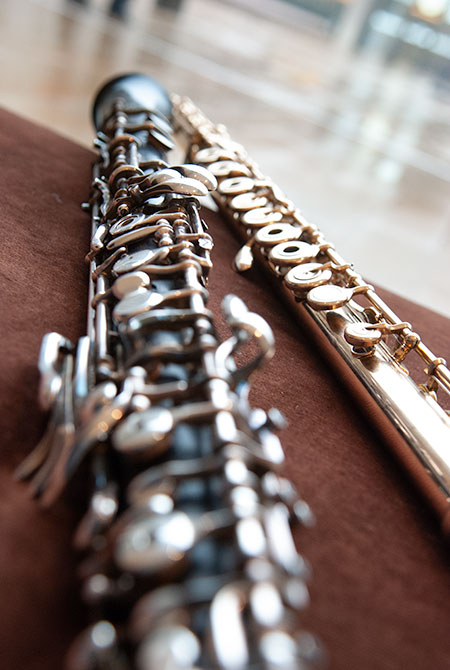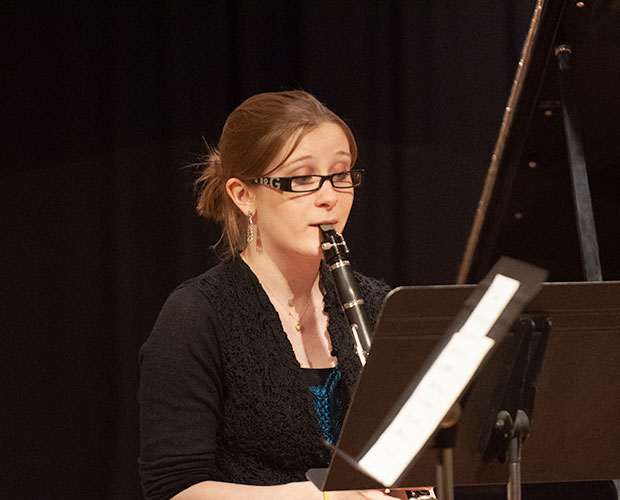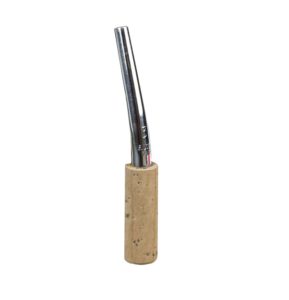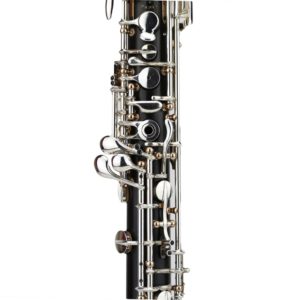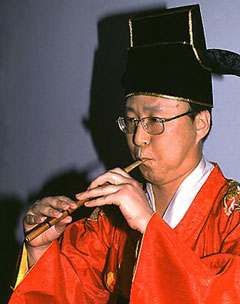Instrument Profile
The Oboe
By Katie Scheele
The oboe, a double reed instrument in the woodwind family, is one of the most beautiful, important, and unique musical instruments. With a long history dating back as far as ancient Greece, it has developed through the centuries into one of the most challenging and distinct instruments in the modern orchestra.
